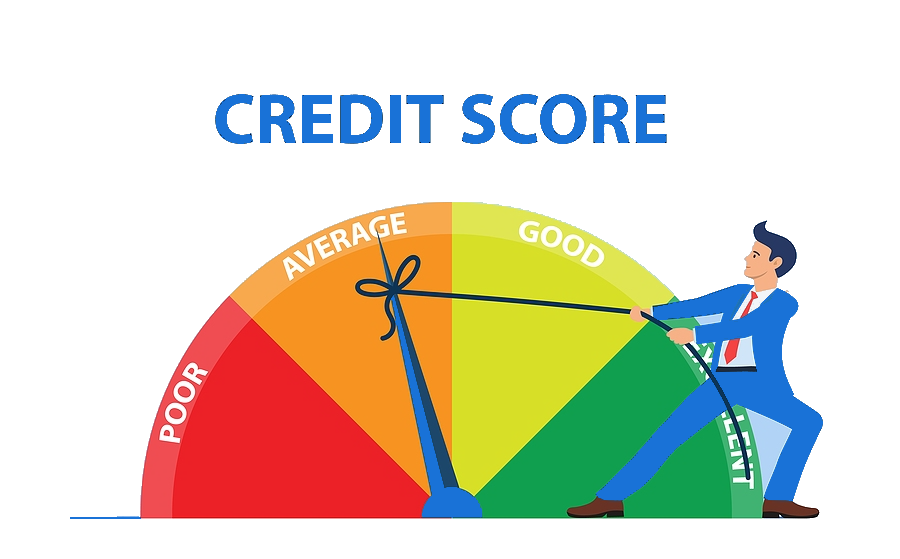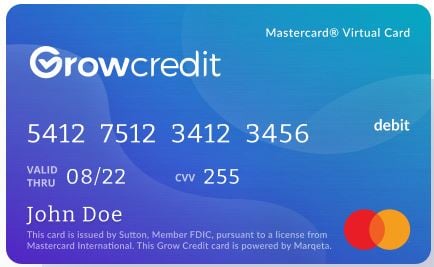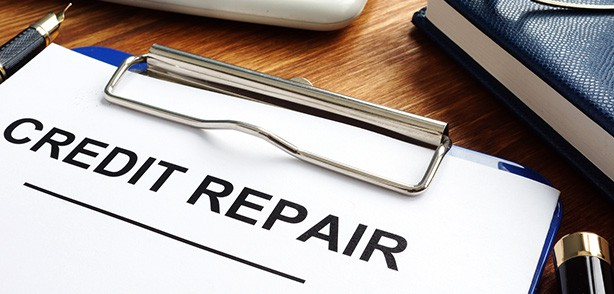
A balance transfer card credit card could be a viable option for you if you have bad credit or have not paid your credit cards in the past. This type of credit card allows for you to transfer your existing balance to a new account at low interest rates during the initial period. You'll be charged a higher rate of interest for any balances that aren't paid in full after the intro period.
Low initial APR
You can use low APR balance transfer credit card to pay off large debts. These cards are often free of annual fees and offer balance transfer rates at a low APR. These cards can also offer rewards programs, which could result in cash back over the life of the account.
Check your credit score and see if it qualifies you for a low-introductory APR balance credit card. You're considered to be in poor credit if your score falls below 580. Be sure to check the promotional period and APR when applying for a balance-transfer credit card with low introductory APR.
No interest-free period
You should take into account a number of factors when choosing a balance transfer card. One of the most important considerations is whether or not the card will provide an interest-free period. You might end up paying more if the card doesn't offer an interest-free period. It is important to pay attention also to the credit limit.

Your credit score will have a major impact on whether or not you qualify for a balance transfer card. Issuers will prefer applicants who have good credit, as this will translate into longer interest-free periods with lower interest rates. Also, your credit score will determine the maximum amount of debt you can transfer to a new card. This can be either a fixed dollar limit or a percentage. While each situation is unique and will vary, you can expect to receive fewer credit cards companies if your credit score is lower.
Fees
Although balance transfer credit cards might save you some money, they will not help you get rid of your debt. Instead, make a conscious effort not to use your credit cards. A lower monthly payment means less interest over time. There are credit cards that offer a zero-percent intro rate.
Consumers who are looking to lower their credit card debt and save money love balance transfer credit cards. Many cards offer an initial interest-free period between six and 18 months. Some cards offer longer introductory terms. There are many fees and conditions you should be aware of. You could lose your cardholder contract and have the introductory interest rate reduced.
There are no limits
Getting a balance transfer credit card for bad credit can help you consolidate your debt, but be careful that the limits aren't too low. You might not be allowed to transfer $10,000 of your existing balance to the new card. It is best to choose a card with a credit line of $12,000 or more. This is because a credit card with a higher limit is more likely to accept the entire balance transfer.
Your credit score and other factors (such as income) will influence the credit limit of your balance-transfer credit card for bad credits. Some cards allow transfers up to 100% of the credit limit. Others only allow for transfers up to seventy-five per cent. Be sure to ask for the limits before applying.

Alternatives
The balance transfer credit card can be useful for people who have poor credit, but it is not suitable for everyone. While they can lower your monthly payments, balance transfer cards aren't the best way to pay off debt or raise your credit score. To improve your credit score, you can apply for a secured card and pay down your debt.
Another alternative to a balance transfer credit card is an arranged overdraft, which is an extension of your bank account. An arranged-overdraft allows you withdraw money when your account balance falls below certain amounts. This feature usually has high interest, but banks may allow you to set it up interest-free.